Not all our food comes from above the ground. Look deep inside for more nutritious treasures. Find out here.
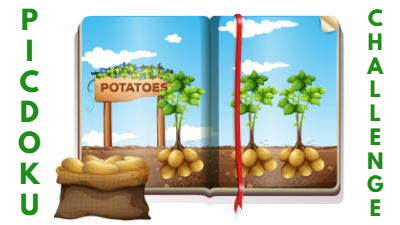
What is common between carrots, beetroots, potatoes and onions? Thy all grow under the ground!
Root vegetables and tubers are crops that grow underground. Experts believe that before humans learnt to cultivate, they foraged wild root crops like these for food. Today, they make up some of the most common, popular and widespread vegetables used in kitchens around the world.
Some of the other common root tubers and vegetables are sweet potatoes, garlic, yam, parsnips, turnips, and radish.
Interesting facts:
*Because of their low metabolic rate the shelflife of these vegetables is much longer.
*Some like carrots and potatoes even germinate during storage.
*Root vegetables are low in calories, fat, and sodium.
*They are a good source of fiber and Vitamin C, besides containing significant amounts of magnesium, iron, calcium, and potassium.
Challenge
In this picdoku challenge are pictures of six root vvegetables/tubers: carrot, turnip, potato, radish, onion and beetroot. Arrange them in such a way that each 6×6 grid has only one of each, and so does the entire row & column. To play, click on a square and then the image you want in the square. Good luck!
Li Chi was a brave girl. She took it upon herself to save the girls of her region from the jaws of the dreaded serpent. Did she win? Read to find out.
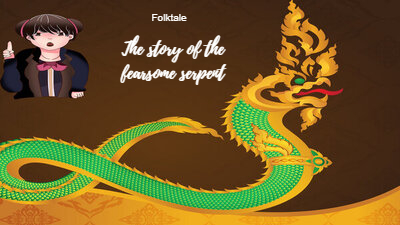
A folktale is a story that originated in popular culture and was passed on by word of mouth. Here is an interesting story from China.
How much Chemistry do you know?

Atoms, neutrons, electrons, chemicals, and more…. how much chemistry do you know? A crossword to help you figure out.
Ivindo National Park – home to one of Africa’s most hidden and precious ecosystems – was declared a UNESCO World Heritage Site in 2021. Learn more about its unique wildlife…
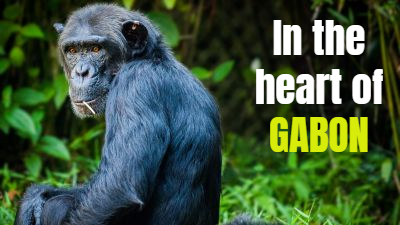
The Central African country of Gabon is one of the few countries that absorbs more carbon dioxide than it emits. This is thanks to its high forest cover — about 85% of the country is covered in forests — and low deforestation rate. So it is not surprising that the country has two natural sites that have been declared as UNESCO World Heritage Site. The most recent is the Ivindo National Park (in 2021).
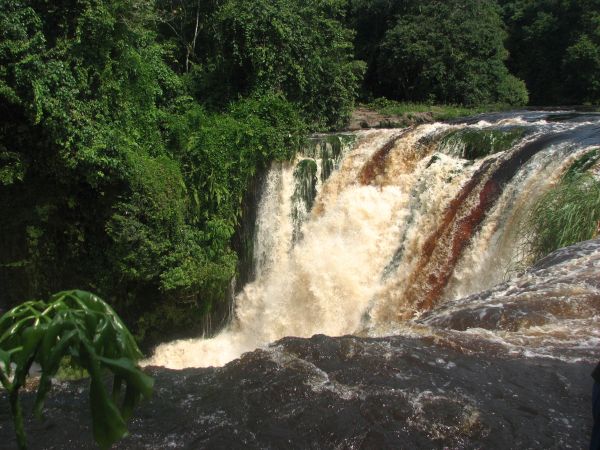
International Rivers/ Flickr
Created in 2002, the park covers 300,000 acres of rainforests with a thick unbroken tree canopy. The resulting high humidity makes it perfect for a special ecosystem that depends on the high moisture. The Park’s geographic features also include the magnificent mountains of Mount Kingué and Mount Ngouadi and two spectacular waterfalls known as ‘Wonders of Ivindo’. Of these, the Koungo Falls (in pic above) are 3.2km wide and 56m high and are one of the strongest flowing waterfalls in the world.
Rich habitat
The UNESCO chose Ivindo National Park for its unique biodiversity and forest ecosystem. The Park includes the Ipassa Makokou Biosphere Reserve, which doesn’t have any human habitation. More than 2,000 plant species and 600 species of mammals, reptiles, fish, amphibians and birds have been recorded here. Of the endemic freshwater fish species found here, 13 are in the endangered list and many are yet to be identified.
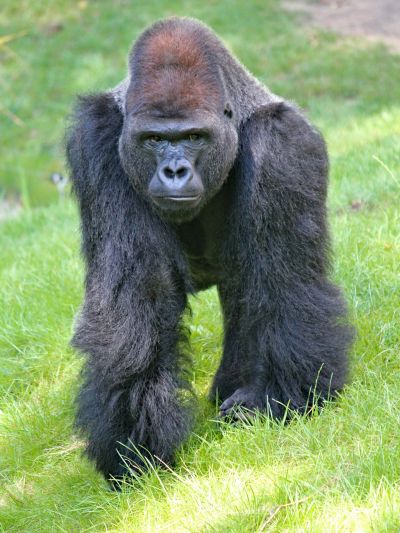
Photo: Pixabay
These forests are home to the western lowland gorilla (in pic above), which is on the critically endangered list, along with the West African slender-snouted crocodile, one of the five species in Africa. The Reserve is also home to about 60% of Africa’s remaining forest elephants, known as Mega-gardeners of the forest.
The Ivindo National Park shelters many other endangered species like the chimpanzee and the grey parrot. The Vulnerable grey-necked rockfowl and the mandrill too are sheltered here. The African golden cat is native to these rainforests listed as Vulnerable on the IUCN Red List.
The unique Caesalpinioideae (peacock flower) that grows in abundance in this habitat attracts butterflies, birds, and mammals to this rich habitat that is a haven for the critically endangered.
Memory game
Play this memory game featuring animals that call the Ivindo National Park their home!
Peaches, almonds, sand, honey… our skin has many different colours. Does this matter? Find out here…

What is colourism? Why should we look beyond our skin colour? Read on to find out…?
Discover interesting facts about your favourite characters from the world of Harry Potter and download your own calendar to keep yourself organised.

This World Water Day, learn all about this blissfully beautiful river that is unique in many ways.
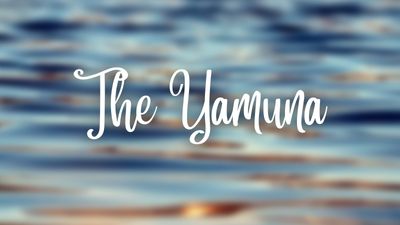

With World Sparrow Day round the corner, learn more about the once-common House Sparrow.
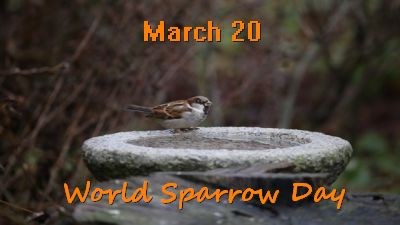

Wetlands are dynamic aquatic ecosystems and are found all over the world. Like the human kidney, these wetlands perform the task of filtering water.
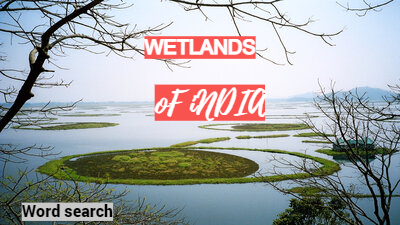
Wetlands are one of the most useful natural resource systems of the earth. In India, we have wetlands everywhere, from Ladakh to Kerala and Rajasthan to Manipur.
Wetlands are biodiversity hotspots and home to aquatic flora and fauna. They are a haven for many migratory species. The theme for this year’s World Wetlands Day is ‘Wetland’s action for people and nature showing the actions required to ensure the conservation and sustenance of wetlands’.
Wetlands perform the tasks of sedimentation, storage, ion exchange, nutrient uptake, absorption, adsorption, bacterial and fungal dissemination, and nitrification. They filter, clean and store water performing the function of a kidney for other ecosystems. They are like sponges, holding flood waters and keeping rivers at normal levels. They absorb wind and tidal forces and control soil erosion.
Some of the wetlands in India are the Astamudi Wetland in Kerala, Bhitarkanika Mangroves in Orissa, Keoladeo National Park in Rajasthan, Kolleru Lake in Andhra Pradesh, Nalsarovar Bird Sanctuary, Gujarat, Point Calimere Wildlife and Bird Sanctuary, Tamil Nadu, Tsomoriri in Jammu & Kashmir, Pong Dam Lake in Himachal Pradesh, Deepor Beel in Assam, Kabartal Wetland in Bihar, Sultanpur National Park in Haryana and the Sunderbans Wetlands in West Bengal.
Do you know the wetlands of India? Well, brush up your knowledge by doing this simple word search. The clue lies in the name of the state.
Tweet Tweet: This week is all about the Sparrow, Try making this bird and add it to your desk.

Make this desktop birdie as a friendly reminder of our feathered friends. Cut along the blue lines and fold along the dotted lines. Follow the pictorial instructions below to put the pieces together and make the bird come alive!











